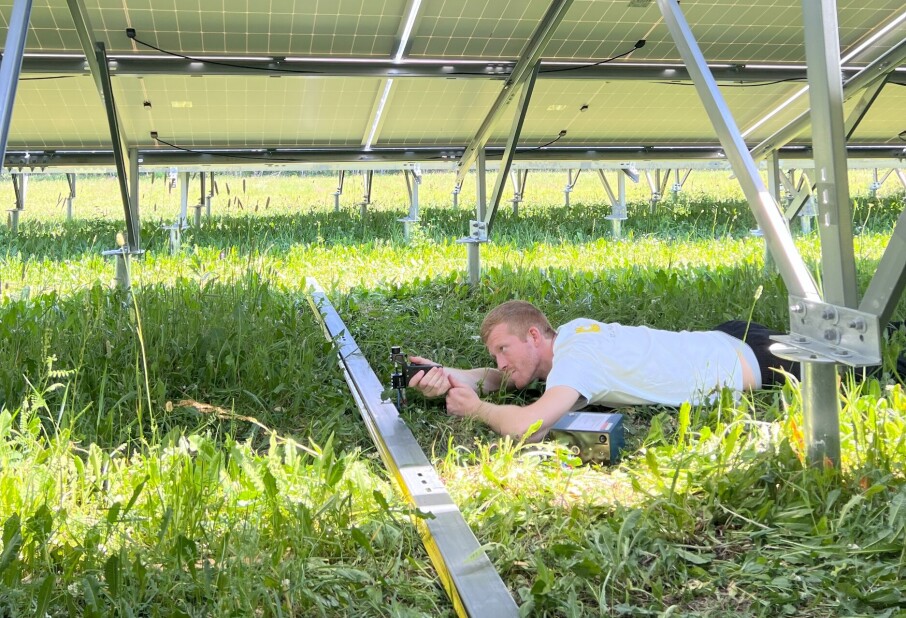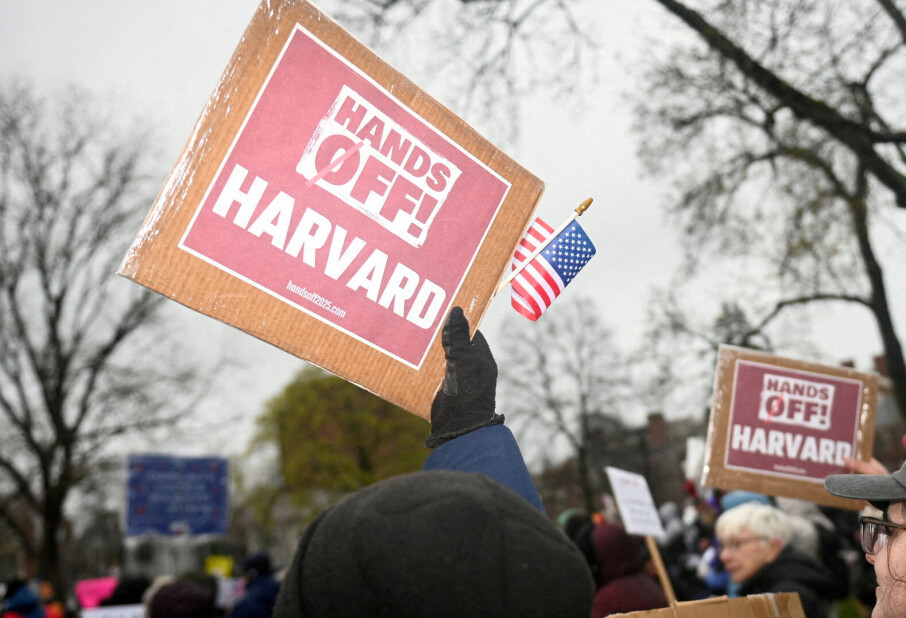
Your sick leave infects your colleagues, too
Norway requires a general practitioner to certify an employee’s sick leave if he or she will be absent from work for more than three days. A Norwegian study that looked at 22,000 employees and their 114,000 colleagues found that if a GP certifies 5 days of sick leave for an employee, that employee’s closest colleagues will also have more sick days.
Norway’s health care system, which assigns everyone in the country a general practitioner (GP) who acts as a gatekeeper to other public health services, allows researchers to study many different aspects of medical care that would be impossible to examine in other countries.
Among the data available to researchers are patient lists of Norwegian general practitioners.
Two researchers at the Institute for Social Research (ISF) in Oslo have used these data to look more closely at what happens to the colleagues of a person who goes out on GP-certified sick leave.
GPs affect absenteeism
In Norway, when a GP retires or leaves a location, they sell their patient lists to a new GP who takes their place.

These patient lists can contain between 1200 and 1500 names and may be sold for anything from a few hundred thousand NOK to a couple of million NOK.
These transfers of entire patient groups at the same time provide researchers with a kind of “natural” experimental setting in which they can compare what happens to the same patients when cared for by different doctors.
A study published by researchers at the Frisch Center at the University of Oslo four years ago concluded that a person’s GP has a significant influence on the amount of sick leave that person takes.
ISF researchers Anna Aasen Godøy and Harald Dale-Olsen decided to take the next step.
They wanted to know how a person’s sick leave affected his or her closest colleagues. Might more sick leave on the part of one person affect the absenteeism of their work colleagues?
The answer turned out to be yes.
Colleagues affect each other’s absenteeism
The researchers found that if your GP is more relaxed in issuing certified sick leave, absenteeism for each of your three closest colleagues increases by 40 per cent of your own increased absence.
For example, if you take five days of certified sick leave, your three closest colleagues will increase in their own sick leave by an average of two days, for a total of six days.
Conversely, if your GP is stricter in issuing certified sick leave, sick leave absences in your colleagues also drop.
“We find a strong and clear effect. It is quite clear that colleagues affect each other's sick leave,” Dale-Olsen said.
Sickness absence in Norway
Sick leave is estimated to cost Norwegian employers and the state more than NOK 50 billion each year, according to the Institute for Social Research.
Employers could thus save a lot if doctors are strict when they certify sick leave.
The researchers note that they measured the effect of sick leave absence where the GP's practice affects the length of absence, which it does not always do.
So it’s not always true that if an employee is out on sick leave for a few days, a close colleague will always take sick leave equivalent to 40 per cent of the first employee’s leave.
Another obvious issue related to the researchers’ findings relates to illness itself.
If there is a serious cold virus being passed around at work, wouldn’t it make sense that sick leave would increase among close colleagues? But the researchers say that’s not what is driving their findings.
“If a GP issues a certified sick leave for an employee with a respiratory infection, then that person is absent from work and cannot infect his or her colleagues. And we see that sick leave among that person’s colleagues actually falls,” Dale-Olsen said.
Social contagion, not bacterial contagion
The researchers believe that even though viruses and bacteria are obviously infectious, what they have measured is something else. Nor do they believe that increased absenteeism among colleagues is due to more stress.
“Instead, what we’re measuring is a social interaction effect, or what many call a social contagion effect,” Dale-Olsen said.
He pointed out that this finding is not necessarily just negative. The relationship also shows that measures aimed at a single patient will not only produce effects for this one patient, but also for his or her colleagues.
“That colleagues affect each other's behaviour at work can create problems. But it also creates opportunities,” he said.
Additionally, “if a doctor is able to get his or her patient back to work faster, that also has a multiplier effect,” Dale-Olsen said.
----------
Read the Norwegian version of this article at forskning.no































